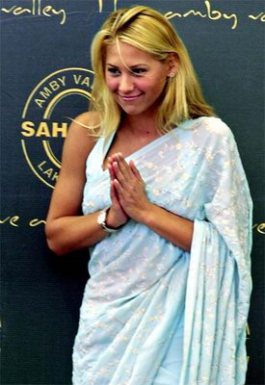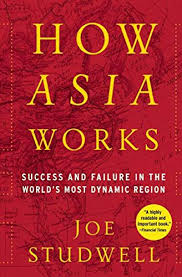Kushal Mehra and I had a discussion on the Brown Pundits podcast about caste. I will post for Patrons today and push it live tomorrow. I want to review a few things from my perspective on this issue related to what we talked about.
– The paper The promise of disease gene discovery in South Asia highlights a fact: jati has a very strong genetic reality. The stylized fact is that caste endogamy has been strong across southern Asia for 1,500 years. Genetically you can have two castes in the same village in Andhra Pradesh who are as distinct as people from Finland and Sicily.
Additionally, jati is not arbitrary. Brahmins across India may not be closely related, but they tend to have more “Ancestral North Indian” than their non-Brahmin neighbors, on average (true everywhere except for the Northwest of the subcontinent).
– Kushal asked if jati varna was an ESS. I have suggested that caste fragmentation made it harder for non-Indians to take over and assimilate Indian society. But, it is not the only ESS.
 – The main contrast I give is to China. People who can read classical Chinese (which was the norm in the early 20th century) can still read oracle bones from the Shang dynasty 3,400 years ago. This is a civilization with continuity and integrity.
– The main contrast I give is to China. People who can read classical Chinese (which was the norm in the early 20th century) can still read oracle bones from the Shang dynasty 3,400 years ago. This is a civilization with continuity and integrity.
The Chinese are a population that has managed to absorb other groups and do it without caste endogamy. Rather, like Europeans, Chinese genetic variation is a function of geography, not class/caste. In fact, the Chinese never developed a blood nobility like Europe. The basis of Chinese civilization has unapologetically been the peasantry.
– In The WEIRDest People in the World Harvard’s Joe Henrich makes the argument that the Western Christian Church’s destruction of extended family networks led to the rise of the West. I won’t recapitulate the argument which I’ve outlined elsewhere. But the idea is rather persuasive.
It seems that the hostility and skepticism toward caste from some on the “Hindu Right” really has to do with Indian nationalism. Jati varna was a reasonable institution in a pre-modern context, but it doesn’t take a genius to understand that national cohesion is reduced when people view themselves as members of a “community” first and foremost, and not a nation-state.
From the traditionalist side, the idea that jati varna is a great functional system is really not the point. Let’s be frank: people are invested in their particular traditions and their purity. The rest is commentary.





 Recently I read a piece on Indian cuisine from a “woke” perspective,
Recently I read a piece on Indian cuisine from a “woke” perspective, 
